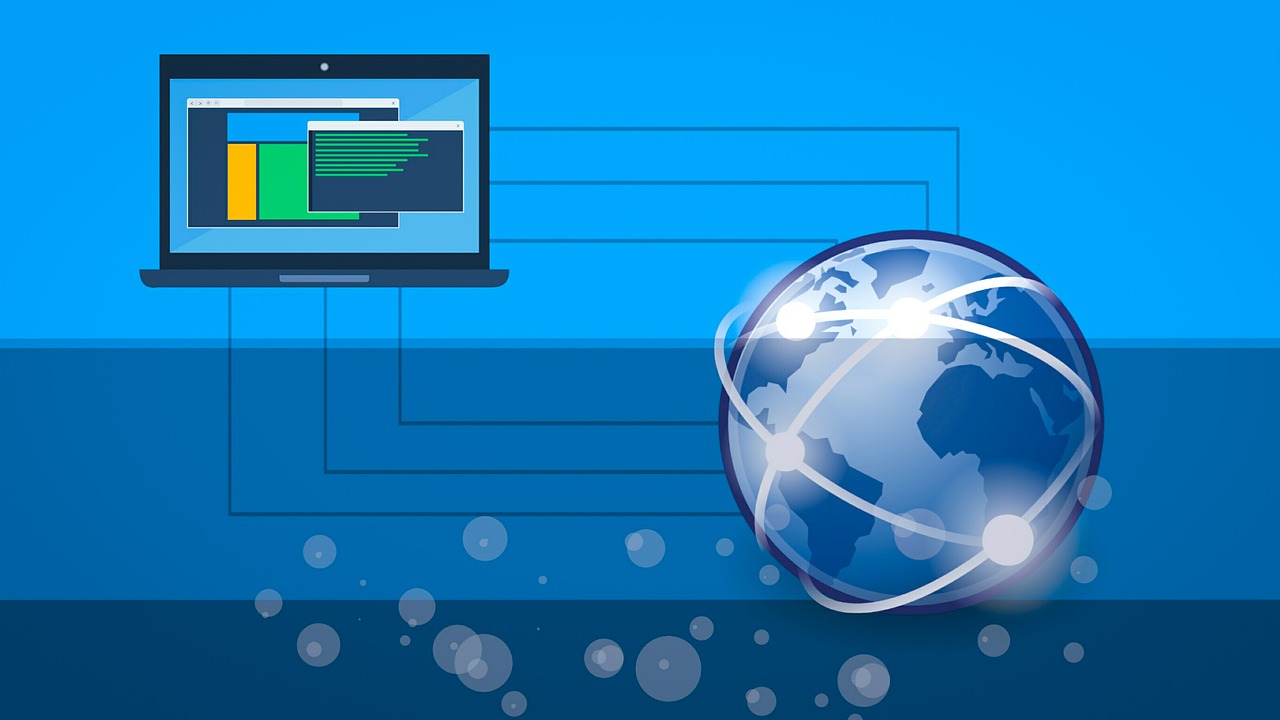CAD stands for computer-aided design. It is a computer software that allows generation, modification, and optimization of a part of an instrument or a whole instrument. Using CAD software in the production gives higher precision, simpler and more accurate design. It also provides comprehensive documentation for part and project management. Currently, there are many CAD software that are making product designing and production a much easier job. CAD has brought benefits over traditional drafting and 3D model making.
Benefits of Computer-Aided Design Software
- CAD presents simple and accurate automation. It is making mechanical design automation possible without building a physical prototype of every part in the system. CAD provides a digital model and automates a prototype before generating a physical model.
- It also allows for the ability to conduct computer-aided manufacturing. It is proving to be perfect for the rubber industry to make rubber grommets.
- This is also helping to take into account material properties and interactivity characteristics between different materials.
- CAD is also helpful for achieving highly accurate dimensional analysis and mathematical scalability by using vector graphics.
- Computer-aided design software brought many benefits in mechanical designs. It allows the ability to automate 3D imagery and integrate different pieces of the same product.
What are CAD and CAM
Where CAD finds its use in the industries, CAM also runs parallelly. CAM stands for computer-aided manufacturing and is similar to CAD. There is only a slight difference between both. CAD is more product-centric while CAM is used for the whole manufacturing process. One can say CAM is the central element of the production. Computer-aided manufacturing also includes a host or a broad range of processes that are carried out automatically. It works in cutting, turning, milling, routing, heat cutting and engraving.

